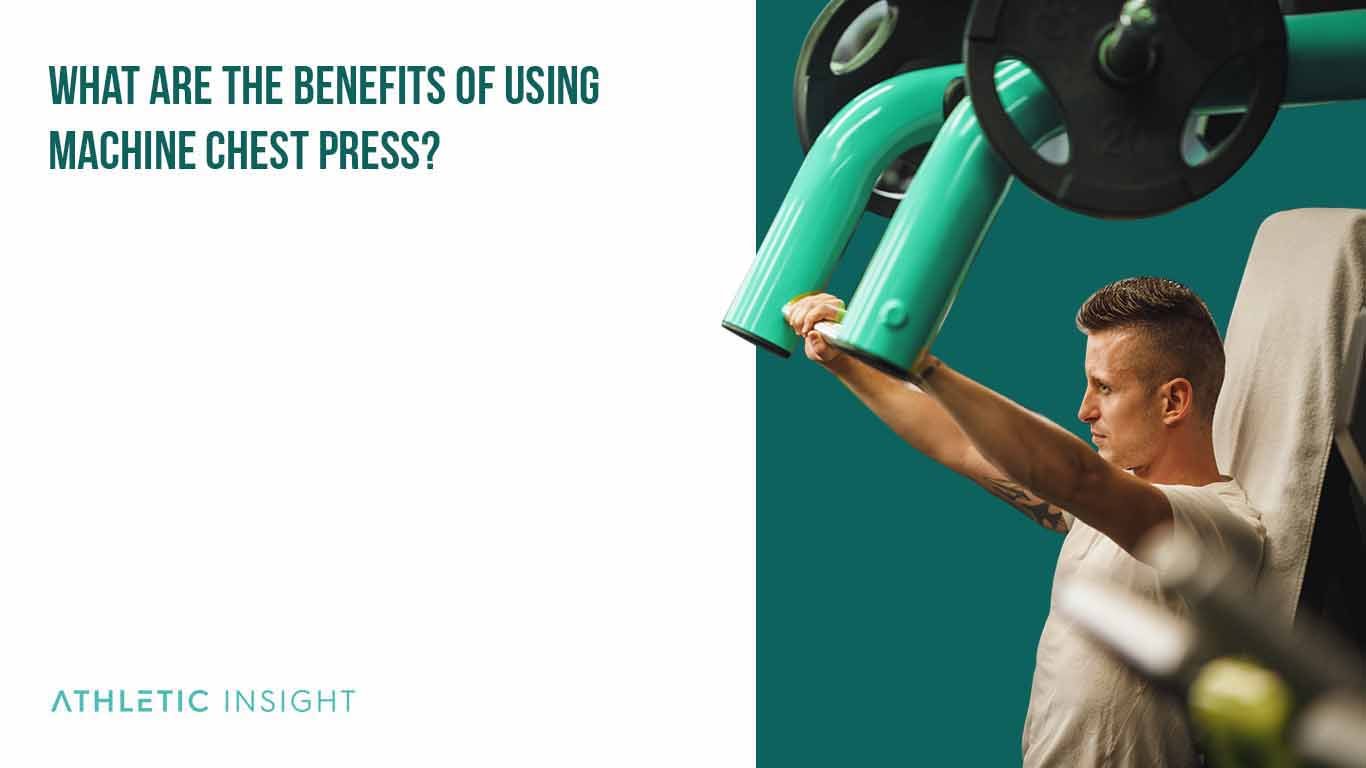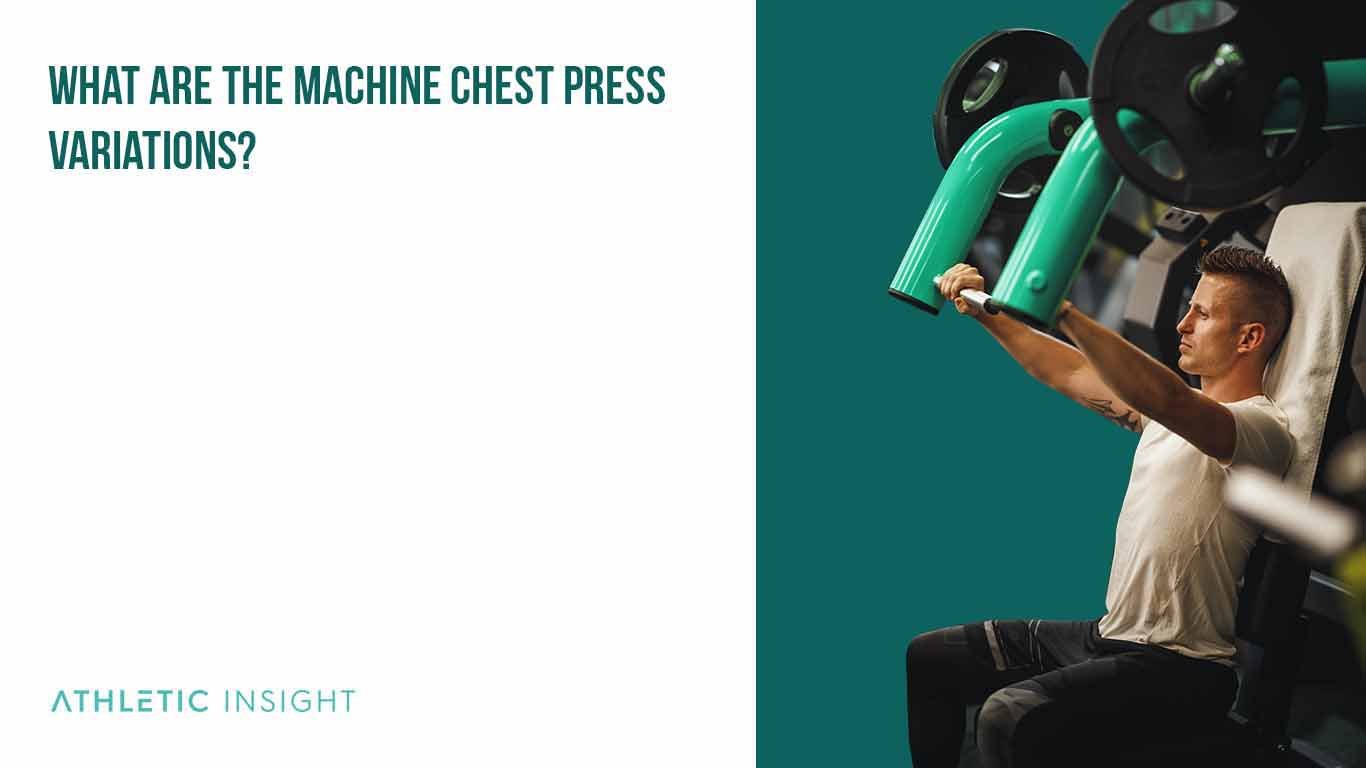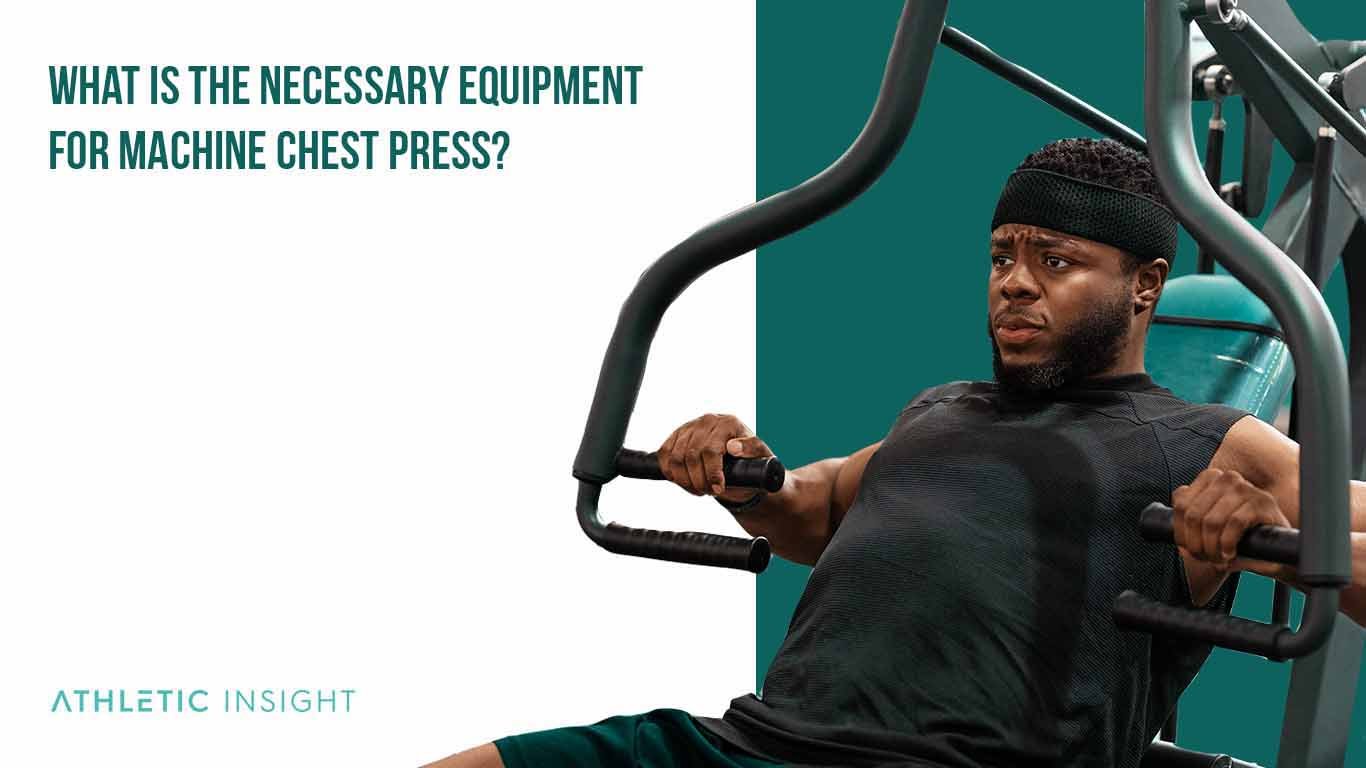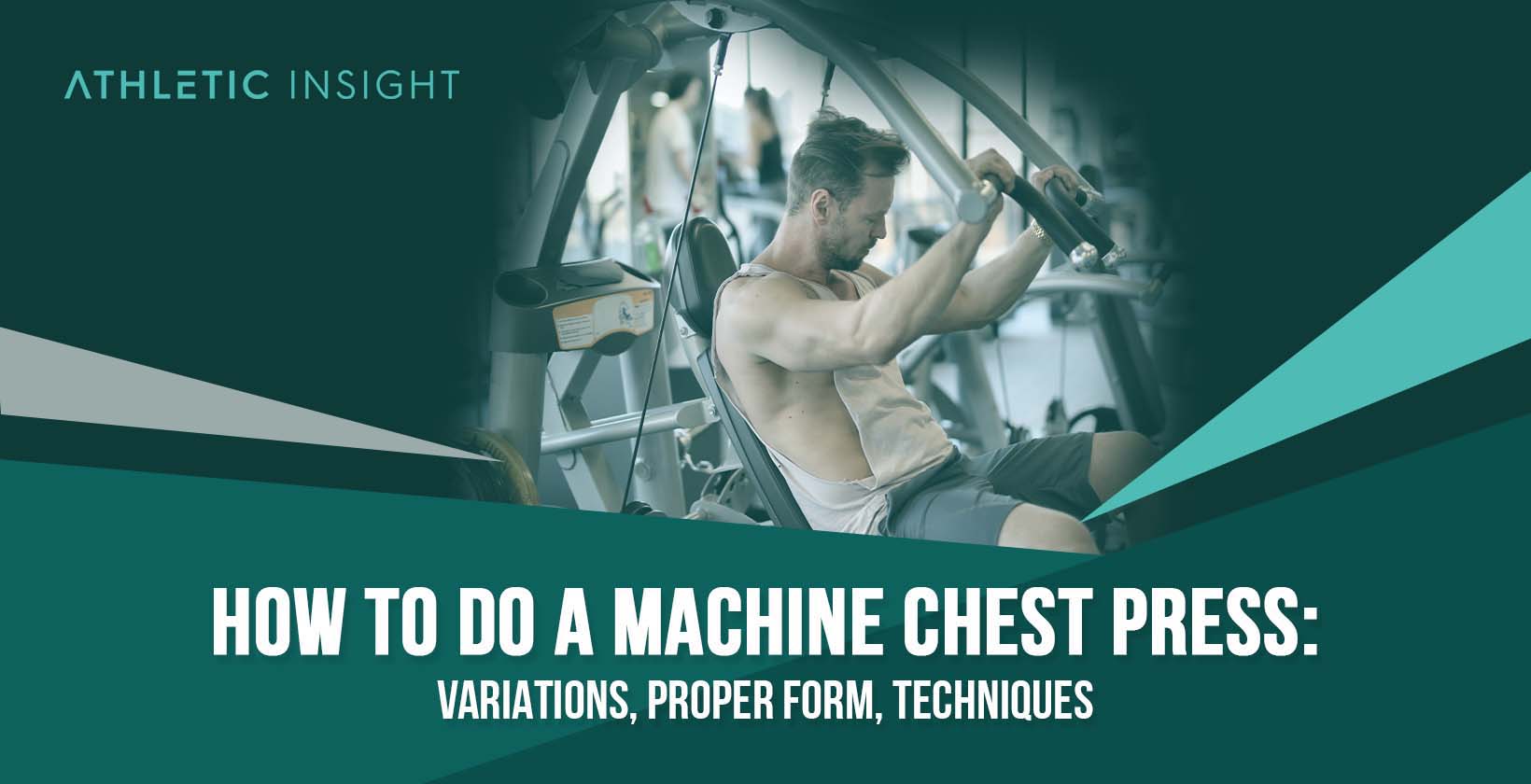The machine chest press is a seated chest press that helps build the pectoral muscles, biceps, latissimus dorsi, and deltoids. This compound lift can increase grip strength, upper-body strength, and posture. By focusing on the mirror muscles, individuals can see muscle growth and utilize the machine chest press in their weekly workouts.
The main muscles worked in the machine chest press include the pectoral muscles, deltoids, latissimus dorsi, deltoids, and triceps. The main muscles involved include the pectorals, deltoids, and triceps.
The proper machine chest press form starts with setting up the machine correctly and maintaining a neutral wrist position. Then, the wrists should be in line with the forearms and the head against the back support. Exhale while extending the arms during the push phase, and pause at full extension before returning to the starting position. This completes the movement.
The main machine chest press type includes the seated version of the lying chest press machine. This is typically seen in the resistance area of the gym, where individuals will sit on the seat, adjust the seat height, and use the machine to perform the seated chest press. Other main machine chest press types include a version where the handles are at different angles to tax differing degrees of pectoral muscles.
The main machine chest press mistakes include putting your elbows too far back, locking out at the end of the motion, using an explosive movement, and arching your back off of the seat. To master the machine chest press, individuals must use proper form and research the different machine chest press techniques.
If individuals do not use the correct machine chest press techniques, they may injure themselves in the process. The most common machine chest press injuries include shoulder strain, pectoral pulls, lower back strain, and neck strain.
How to Perform Machine Chest Press with Proper Form?
Proper form is the process of doing an exercise safely and correctly to avoid any risk of injury during the movement and after the exercise is complete. Individuals must follow each step of this process to ensure they have the proper machine chest press form.
To dominate Machine Chest Press, individuals should follow these steps in order.
- Adjust the seat height so that the grips are parallel to your chest.
- Start with a weight that is around 25% of your body weight.
- Add 5-10 pounds to each set until you can complete ten repetitions with ease.
- Use your legs to push the foot forward pedal.
- Bring the handles to the start position.
- Keep your back and the cushion in contact with the handles, press outwards.
- Press the handles away from your chest and exhale.
- Allow the handles to come in gently until they reach your chest.
- Allow the handles to return to your chest as you exhale.
What Are the Benefits of Using Machine Chest Press?
There are numerous benefits to using the machine chest press to build chest strength, improve posture, and much more.

- Improve Upper Body Strength. The machine chest press builds muscle in the pectorals, deltoids, and triceps.
- Develop Core Strength. The machine chest press requires stabilization during the pressing and resetting motion of the exercise.
- Improve Bone Growth. Performing compound exercises and resistance training can improve bone growth and bone strength as you get older.
What Are the Mistakes for Machine Chest Press Form?
Using incorrect machine chest press form can result in injuries and common mistakes. Individuals need to learn good machine chest press form to avoid overuse injuries and muscular strains.
The most common mistakes for the machine chest press involve using an explosive movement during the push phase, arching your back off of the seat, keeping your head off of the headrest, and locking out the elbows at the end of the motion.
How to Determine Proper Weight for Machine Chest Press?
The best way to begin using the machine chest press is to start small when it comes to weight. To determine the best weight for your workout as a beginner, begin with about 20-25% of your body weight. Once this becomes too easy, users can increase the weight between 5-10 pounds until it is challenging for 10-12 repetitions. Users should perform three sets of 10-12 reps during their workout plan.
Which Muscles Are Involved While Performing Machine Chest Press?
The main muscles involved in the machine chest press are the pectorals, deltoids, triceps, trapezius, and core.
What Are the Machine Chest Press Variations?
A machine chest press variation is an alternative exercise that taxes the same muscle groups and motion, although to varying degrees.

- Lying on a flat bench. The lying chest press can use either dumbbells, barbells, or machines to complete.
- Incline bench. Using an incline bench taxes the pectoral muscles to a different degree and proportion.
- Seated with a straight back. Using a straight back instead of a slightly arched back can put more pressure on your pectorals during the push motion.
- Cable chest press. The cable chest press taxes your core muscles to a higher degree, improving posture and stability. Individuals can do both arms simultaneously or one side at a time to hit different pectoral muscles.
- Resistance bands. The last machine chest press variation is the chest press using resistance bands to tax the muscles during the entire range of motion.
What Are the Phases of Machine Chest Press?
Phases of an exercise refers to the different steps of completing the movement. The phases of the machine chest press involve the concentric phase and the eccentric phase. The mechanics of the concentric phase involves pushing and contracting muscles, such as the pectorals. The mechanics of the eccentric phase is the ‘lowering’ phase, where the weight is returned to the starting position.
- Concentric Phase of Machine Chest Press. The muscular tension in the triceps, deltoids, and pectorals meets the resistance.
- Eccentric Phase of Machine Chest Press. The muscles lengthen and the resistance increases.
What Is the Necessary Equipment for Machine Chest Press?
The only necessary equipment for the best machine chest press is the machine itself–the weight stack, arms, and the seat.

What Are the Machine Chest Press Related Facts?
To understand the importance of the machine chest press, individuals should do some research before incorporating the exercise into their workout plan.
- Adjust the seat height so that the handles hit the middle of the chest.
- Avoid bringing your hands too close to your chest if you experience shoulder pain.
- Inhale as the handles come towards your chest and exhale as you push the handles.
Does Machine Chest Press Affect the Hormones?
The machine chest press is a compound exercise and resistance movement that can increase testosterone, epinephrine, norepinephrine, and human growth hormone.
Does Machine Chest Press Increase Testosterone?
The machine chest press increases testosterone both during and after the exercise.
Is Machine Chest Press Practiced within Crossfit?
The machine chest press is not practiced within Crossfit, although it can be used to supplement other exercises and build strength for movements like pushups, snatches, cleans, and overhead press.
Is Machine Chest Press Dangerous?
If performed safely, the machine chest press is not dangerous. The only dangers associated with this exercise involve incorrect form, leading to overuse injuries or muscular strains.
Is Machine Chest Press Essential?
The machine chest press is essential to building chest strength, shoulder strength, and postural stability.
Is Machine Chest Press a Compound Exercise?
The machine chest press is a compound exercise that uses multiple muscle groups at the same time.



